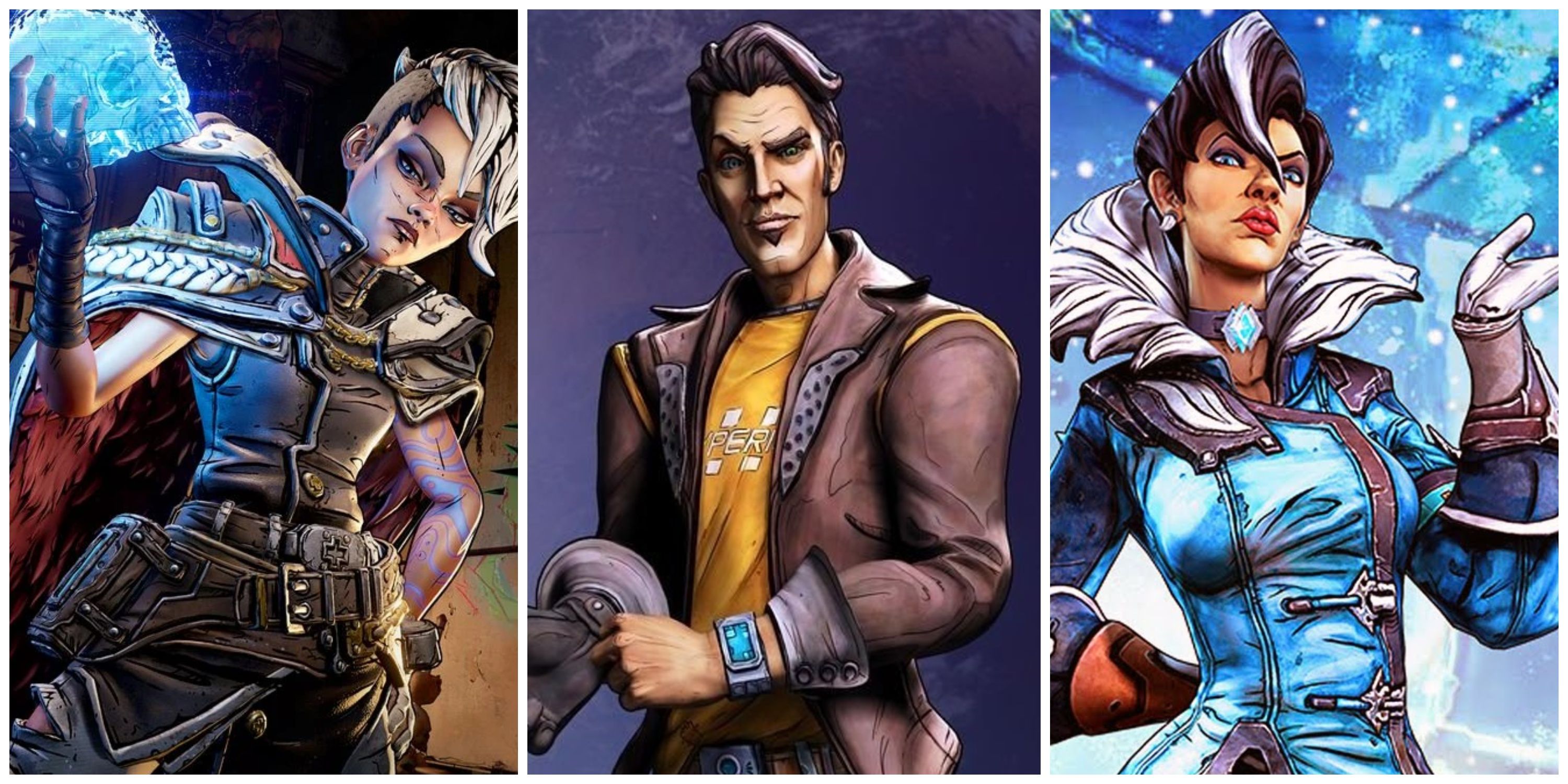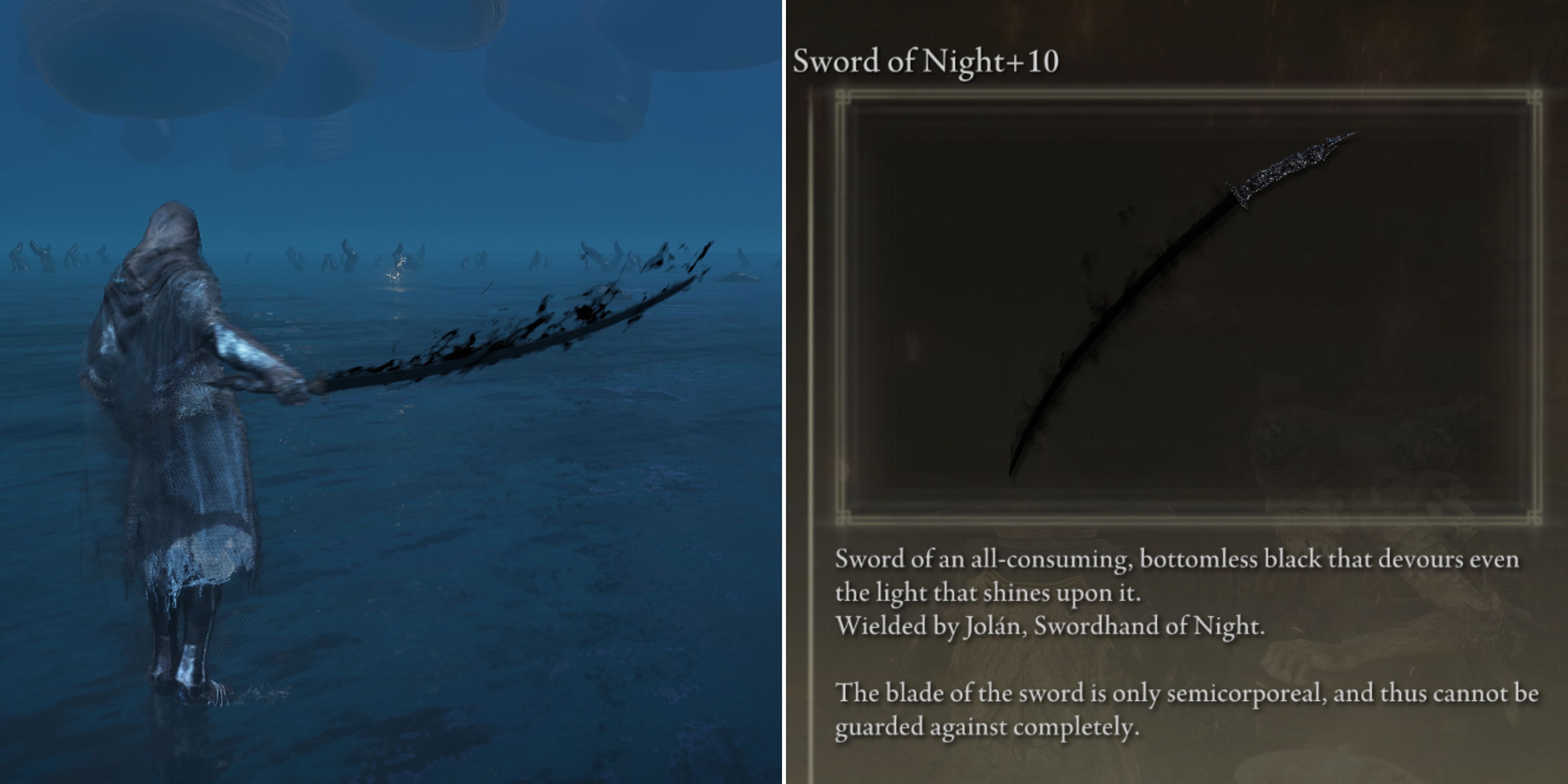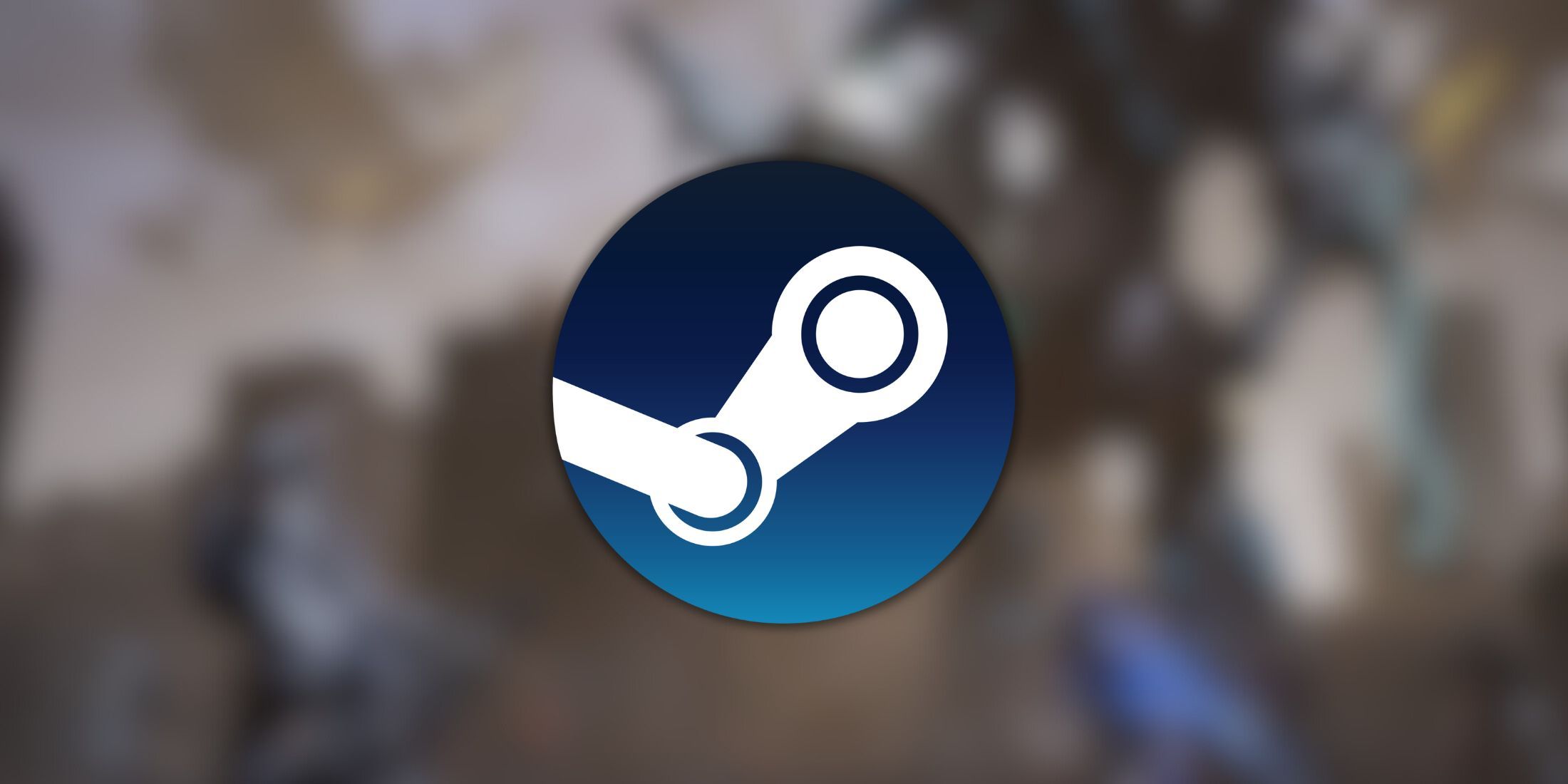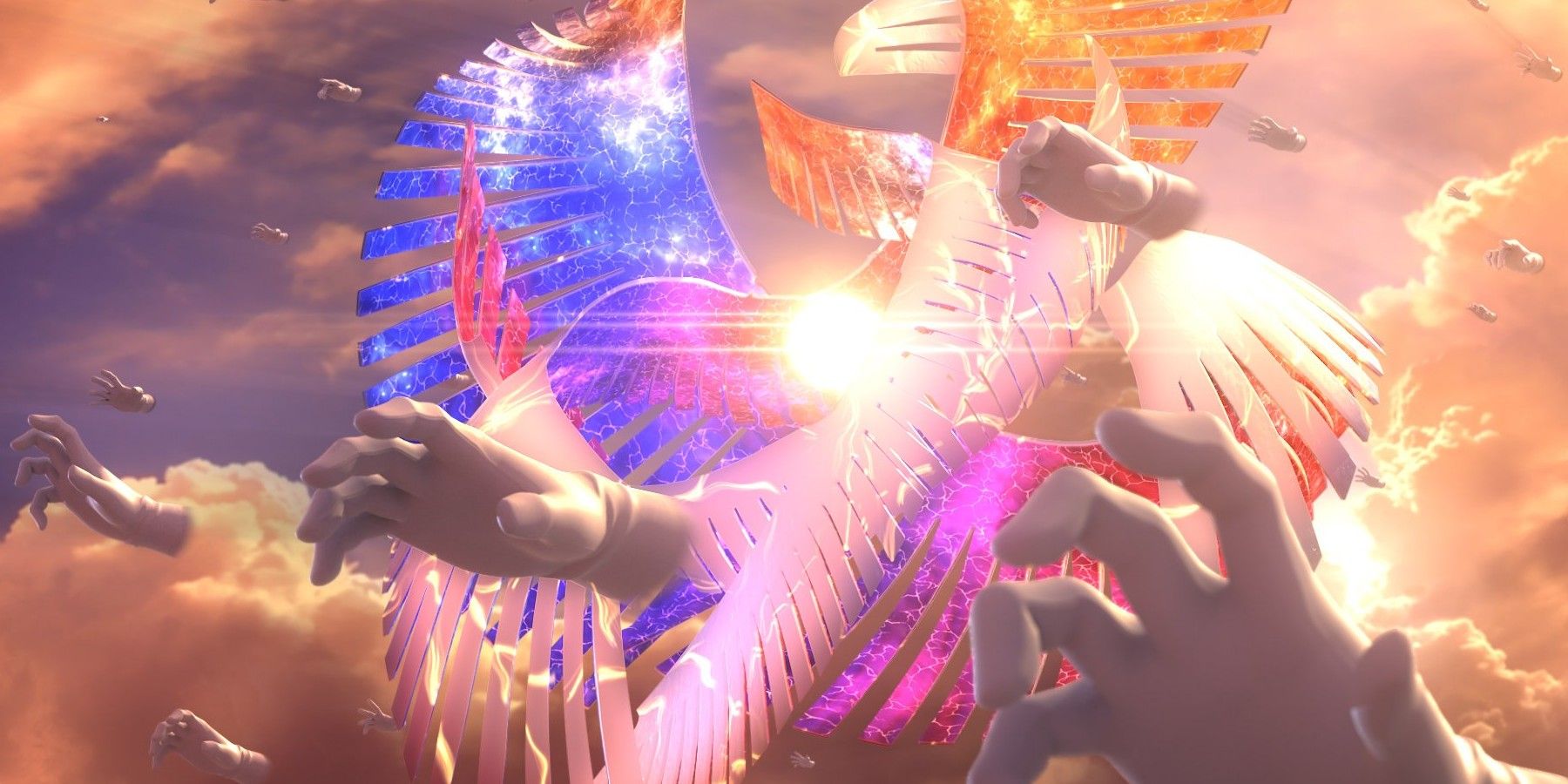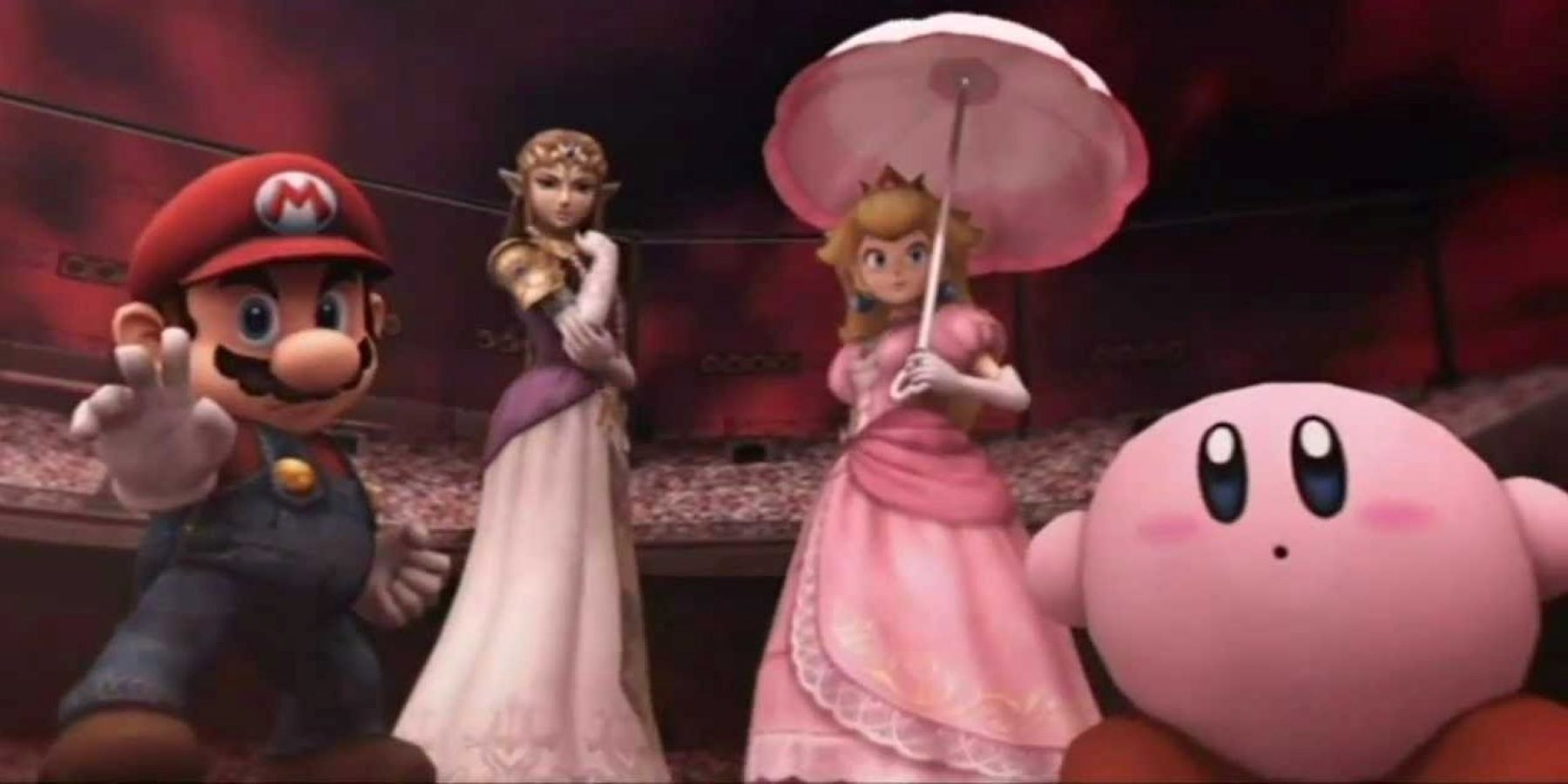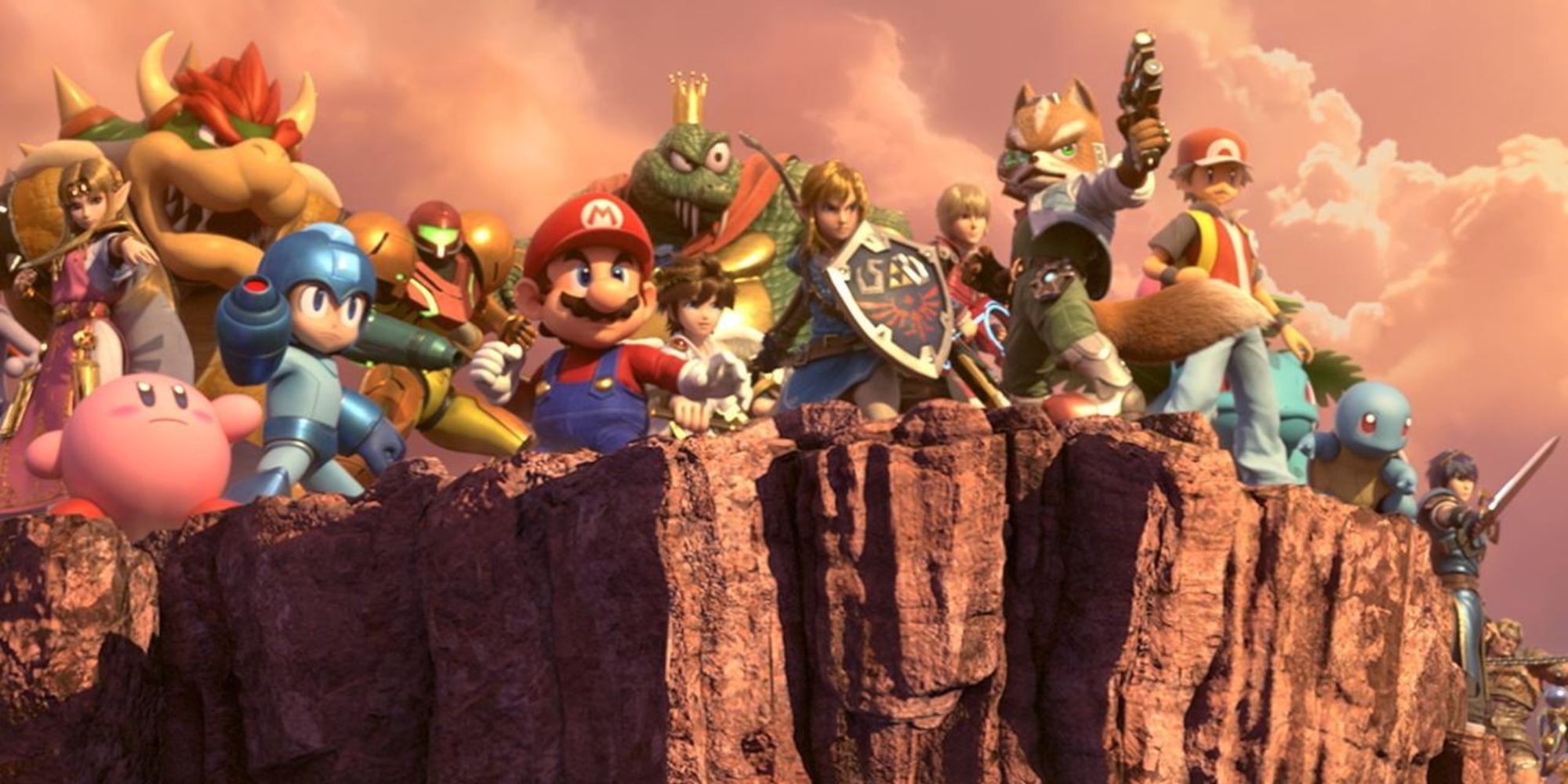Highlights
- Story mode in fighting games can be challenging, but recent games like MultiVersus and Nickelodeon All-Star Brawl 2 are building lore to connect characters.
- The next Smash game could Nintendo characters crossing over once again, but it doesn't need to focus on the lore of the initial crossover and the creation of a multiverse.
- Smash should follow the example of Subspace Emissary by emphasizing character interactions and action, rather than delving into extensive lore.
Story mode has always been tricky for fighting games to handle, since the genre's format is so combat-focused and doesn't always lend itself to other elements of gameplay that help build a story. Still, fighting game developers have done a lot of storytelling legwork lately. Street Fighter 6's custom character campaign lets players interact with the IP's greats, and crossover games like MultiVersus and Nickelodeon All-Star Brawl 2 are building lore to connect separate properties. That means that, although Super Smash Bros. Ultimate had its own campaign mode, the next Smash game is still under a bit of pressure to tell a proper story.
Although Nintendo games don't always chase industry trends, the next Smash game after Super Smash Bros. Ultimate might look into the multiverse story trend in MultiVersus and NASB2, setting up a story where Nintendo characters get pulled out of their individual homes and thrown into an adventure. However, Smash doesn't need to tell a story about building these bridges. A new Smash campaign would be more effective if it sticks to the conventions of the game's past story efforts. That means focusing on a pre-established network of characters, rather than focusing on the moment that worlds cross over.
The History of Super Smash Bros. Stories
The best example of Smash's approach to crossover storytelling is Subspace Emissary from Super Smash Bros. Brawl. In Subspace Emissary, a handful of characters from different Nintendo worlds already know each other and all exist in a shared world. While the story goes on to introduce a lot of Nintendo characters, the world is mostly an original setting, complete with dozens of new enemy designs. There are elements of multiversal storytelling, especially in Subspace Emissary's final act, but for the most part the Brawl campaign doesn't bother explaining why Nintendo characters are all in this world together, instead focusing on their shared struggle.
World of Light from Super Smash Bros. Ultimate has a similar structure; video game characters of all stripes work together to defeat a common enemy, without much context for why they're all in the same world. This is pretty different from recent multiversal stories like the upcoming Nickelodeon All-Star Brawl 2 campaign, in which Vlad Plasmius is distorting the multiverse, bringing Nickelodeon characters together. NASB2 makes a clear effort to justify its crossovers with specific lore, which Smash has never really bothered to do. That might sound like a weakness for Smash, but it might actually be perfect for the next game's story.
A Smash Ultimate Sequel Needs an Original Story
Multiverses are having a moment in everything from film to gaming right now. The origins of these multiverses and crossovers usually get shown in media like the MCU, NASB2, and so on. Ideally, the next Smash story will go against the grain and skip the backstory, instead throwing players right into the crossover like Subspace Emissary and World of Light do. Based on industry trends, that approach seems like one of the most unique ways Smash could handle a multiverse, and luckily it already has practice. A Smash Ultimate sequel should put more time into fun Nintendo character interactions than dumping lore on the player.
A Smash campaign needs some narrative, of course; Subspace Emissary was a hit in large part because of its many interlocking character arcs and menacing villains. It just shouldn't focus on the larger lore of the multiverse. Perhaps Sora Ltd. and Bandai Namco could take something of a FromSoftware approach, hiding tidbits of lore in corners of the campaign, but ultimately they should emphasize the action and central conflict. Smash stories will always be part of the multiverse space because of the core concept of the game, but by following the guidance of Subspace Emissary, they can stay special.
Super Smash Bros. Ultimate is available now for Nintendo Switch.

